- EasyCard
- Trade
- Help
- Announcement
- Academy
- SWIFT Code
- Iban Number
- Referral
- Customer Service
- Blog
- Creator
From USDT to Cash: Complete Guide to Choosing the Safest Remittance Platform
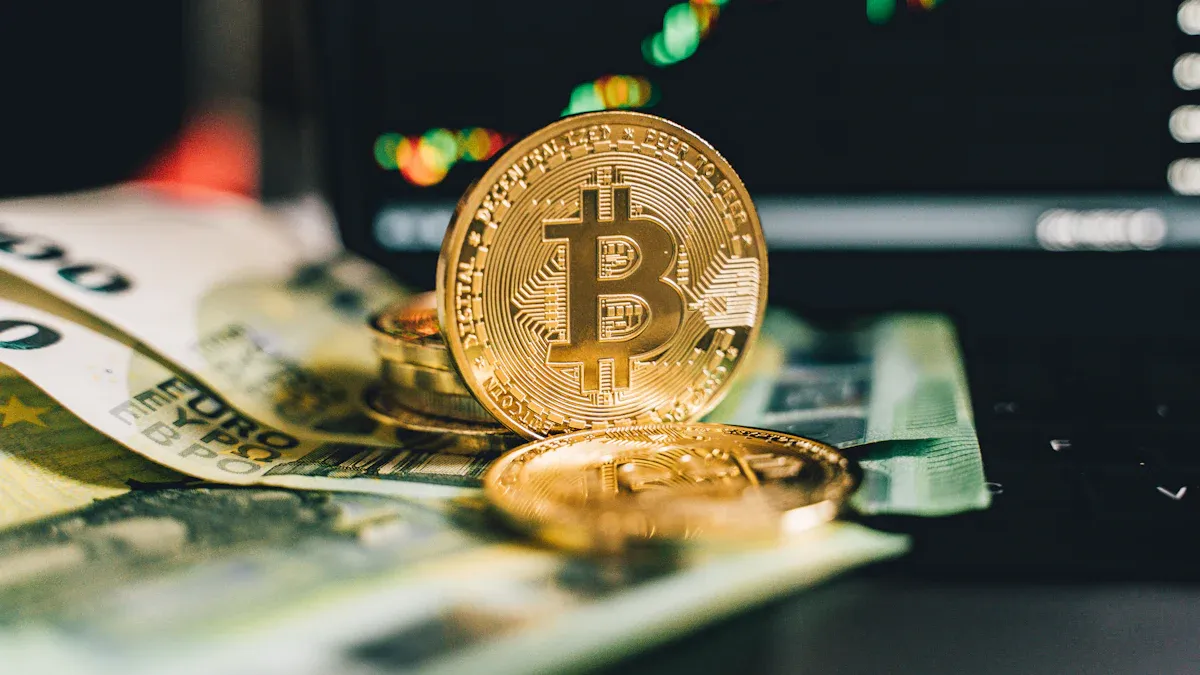
Image Source: pexels
To safely convert your held USDT to cash, you need a clear and verified method. USDT’s monthly trading volume once reached $1.01 trillion, with huge liquidity making it a mainstream choice. However, improper operations may cause your bank account to be frozen, or even unintentionally involve you in illegal fund activities. Therefore, learning how to choose a secure platform is the first step to successfully completing the conversion and ensuring fund security.
Core Points
- When choosing a platform, prioritize regulated platforms with financial licenses; they ensure your fund security.
- Ensure the platform uses technologies like cold/hot wallet separation, multi-signature, and two-factor authentication to effectively protect your digital assets.
- Carefully compare exchange rates and fees across platforms, choosing transparent ones close to 1:1 conversion rates to avoid hidden costs.
- Before large USDT transfers, always conduct a small test and double-check addresses and networks to prevent fund loss.
- Avoid using P2P/OTC trading for large withdrawals, as it may cause your bank account to be frozen.
How to Choose a Secure Platform: Five Core Standards
Choosing the wrong platform risks your funds. Choosing the right one ensures a smooth and worry-free conversion process. To help you make informed decisions, we summarize five core standards. Use this as your checklist to evaluate any USDT remittance platform under consideration. Mastering how to choose a secure platform is the first line of defense for protecting your assets.
Standard 1: Regulation and Compliance
Regulation is the cornerstone of security. A platform regulated by financial institutions must comply with strict operational norms and legal requirements, providing institutional protection for your funds.
Check if the platform holds legitimate financial licenses. For example, in the US, companies offering cryptocurrency services must register with the Financial Crimes Enforcement Network (FinCEN) as a Money Services Business (MSB). This requires compliance with anti-money laundering (AML) and know your customer (KYC) regulations.
What are AML and KYC?
- KYC (Know Your Customer): The platform must verify your identity to prevent anonymous accounts from illegal activities.
- AML (Anti-Money Laundering): The platform monitors transactions, identifies, and reports suspicious activities to prevent money laundering.
These regulations mirror traditional financial institutions (like banks), effectively isolating your transactions from illegal funds. For example, USDT’s issuer regularly blacklists wallet addresses on sanction lists (like OFAC). Compliant platforms strictly enforce these rules, protecting your account from associated freezes.
- Identity Verification: The platform must verify all customer identities.
- Transaction Monitoring: Enhanced review for high-risk customers and transactions.
- Sanction Screening: Ensures transactions do not involve sanctioned individuals or entities.
Take Biyapay as an example; it holds MSB licenses in both the US and Canada and strictly adheres to local regulatory frameworks, providing users with a compliant and reliable environment. When choosing a secure platform, always prioritize regulatory information.
Standard 2: Fund Security and Risk Control
Beyond regulation, the platform’s technical security measures are crucial. These directly determine if your digital assets can withstand hacker attacks and internal risks.
Focus on these key technologies:
- Cold/Hot Wallet Separation: The platform should store most user funds in offline “cold wallets,” with only a small amount in “hot wallets” for daily operations. This greatly reduces the risk of hackers stealing large funds at once.
- Multi-Signature Technology (Multi-sig): This is a leading industry security mechanism. Multi-signature wallets require multiple approvals to transfer assets, like a bank safe needing two or more keys. For example, a “2-of-3” wallet setup requires at least two of three managers to agree for a transfer. This effectively eliminates single points of failure and internal abuse risks.
- Two-Factor Authentication (2FA): For login or withdrawal, besides passwords, you need a phone code or Google Authenticator dynamic code. This adds a critical protection layer to your account.
Biyapay uses bank-grade security standards in fund management, including multi-signature cold wallets to store user assets, ensuring funds remain safe even if a single private key leaks.
Standard 3: Exchange Rate and Fee Transparency
A seemingly “favorable” rate may hide various fees. Choosing a secure platform involves both security and cost. A professional platform provides clear, transparent pricing.
First, focus on exchange rates. USDT is theoretically 1:1 pegged to USD; on large compliant platforms, conversion loss should be “almost zero.” Beware platforms with rates significantly deviating from 1:1,often indicating hidden spreads.
| Transaction Type | Recommended Merchant Quote (CNH/USDT) | Cost to Buy 1,000 USDT | Premium Situation |
|---|---|---|---|
| Recommended | 7.25 | 7,250 CNH | No premium, lowest cost |
| Avoid | 7.35 | 7,350 CNH | Extra 100 CNH premium paid |
Second, understand all potential fees. A complete withdrawal may involve:
- Platform Transaction Fee: Service fee for converting USDT to fiat.
- Network Transfer Fee (Gas Fee): Paid to miners for on-chain USDT transfers, usually fixed ~$1.
- Fixed Withdrawal Fee: Some platforms charge a fixed amount per fiat withdrawal.
- Bank Handling Fee: Fee from the receiving bank (especially for international transfers, like withdrawing from an overseas platform to a Hong Kong-licensed bank).
An excellent platform like Biyapay offers near 1:1 rates and clearly lists all fees, allowing accurate total cost calculation before trading.
Standard 4: User Experience and Customer Service
When facing issues, especially fund-related, a responsive and professional support team is vital. For beginners, a simple interface reduces operation errors.
- Positive Review: “Using the service since 2021, instant service, admin responds quickly.” - Nicky (February 22, 2024)
- Negative Review: “Platform doesn’t refund, doesn’t help solve issues, poor attitude toward payment or money errors.” - meno priezvisko (November 7, 2024)
In financial services, customers expect quick responses. Industry standards require phone support wait times within 2 minutes. Evaluate a platform’s user experience and support via:
- Operation Flow: Is registration, deposit, conversion, and withdrawal clear and simple?
- Support Channels: Does it offer live chat, email, or phone?
- Response Speed: Test support during off-peak hours for speed and professionalism.
Biyapay provides a clean interface with video tutorials and is known for fast support, effectively helping users resolve issues.
Standard 5: Market Reputation and Reviews
A platform’s history and user reviews directly reflect credibility. A long-operating platform with many positive reviews is far more reliable than a new or notorious one.
Check real user reviews on third-party sites like Trustpilot. Note that large exchanges may have more negative reviews due to user volume; evaluate critically.
| Exchange | Trustpilot Rating |
|---|---|
| PrimeXBT | 4.4 ⭐ |
| Bybit | 3.3 ⭐ |
| Binance | 1.5 ⭐ |
| KuCoin | 1.4 ⭐ |
| Kraken | 1.4 ⭐ |
More importantly, avoid platforms with severe negative histories. Historically, many lost user funds to hacks, internal fraud, or rug pulls.
For example, the Thodex exchange rug pull caused over $2 billion in losses,while WazirX’s “socialized loss” after a hack spread losses to all users, severely damaging reputation. These cases remind us how critical avoiding disreputable platforms is when choosing secure ones.
USDT to Cash: Four-Step Secure Operation Guide
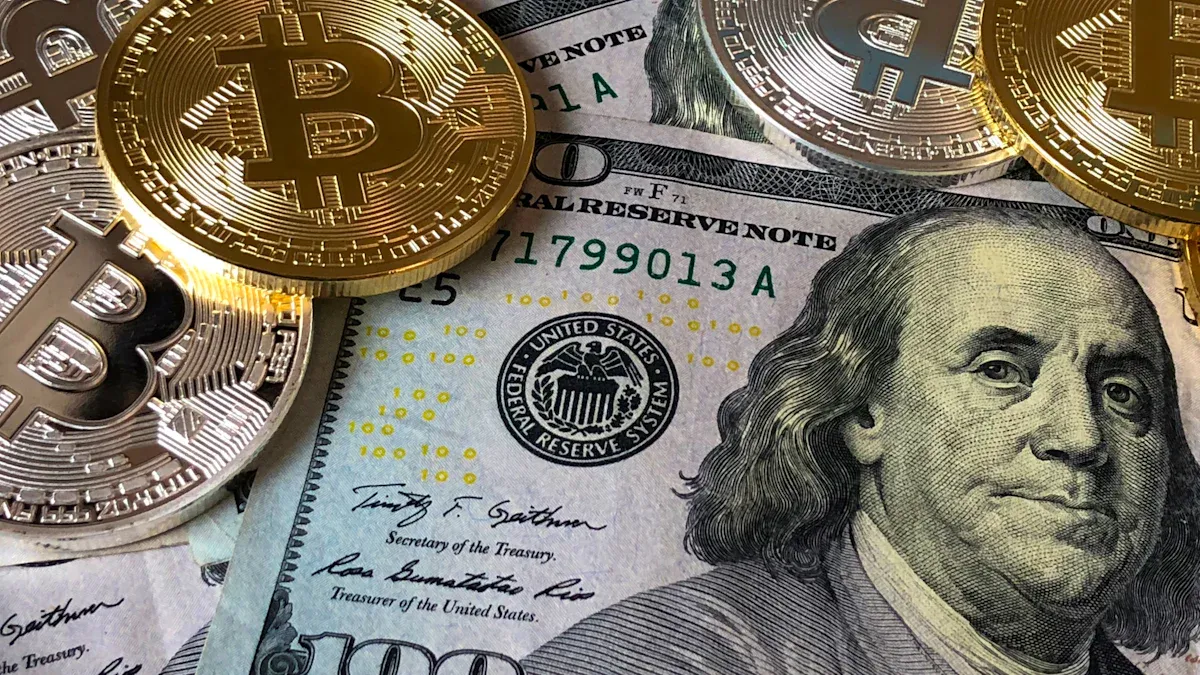
Image Source: pexels
After selecting a platform meeting security standards, safely and efficiently complete the conversion. Follow these four steps to minimize operation errors and ensure funds arrive.
Step 1: Acquire USDT on a Compliant Exchange
Start with a regulated large exchange. These provide relatively safe USDT sources, avoiding risky assets from the beginning.
Choose globally known exchanges like Binance, OKX, or Kraken. They have massive user bases and strict compliance. On these:
- Complete Registration and KYC: Standard for compliant platforms and first step for account security.
- Buy USDT: Purchase needed USDT via bank transfer, credit card, or supported methods.
USDT from compliant exchanges has clearer origins, laying a secure foundation for subsequent remittances.
Step 2: Transfer USDT to the Remittance Platform
This is the most error-prone link. A small mistake, like one wrong character, can cause permanent fund loss. Be extremely cautious.
Core Principle: Test Small, Then Large
Before any large transfer, conduct a “small test.” Transfer a tiny amount, e.g., less than $1, to verify the process, including correct address, network compatibility, and arrival speed. Proceed with large transfers only after the small one succeeds.
Pay special attention to:
- Verify Wallet Address: Repeatedly confirm the recipient address is exact. Use “copy” and “paste,” then recheck first and last characters.
- Select Correct Blockchain Network: USDT issues on multiple networks, commonly TRC20 and ERC20. Ensure sender and receiver use the same network.
Different networks vary greatly in speed and fees.
| Feature | TRC20 (Tron Network) | ERC20 (Ethereum Network) |
|---|---|---|
| Average Speed | Faster, usually 3-5 minutes | Slower, may need 15 minutes or more |
| Typical Fee | Lower, usually $1-$2 | Higher, up to $30-$35 during congestion |
| Network Congestion | Less congestion, stable fees/speed | Frequent congestion, fluctuating fees/speed |
For most users, TRC20 network is better for small to medium transfers due to low fees and fast confirmations.
Step 3: Convert USDT to Target Fiat
After USDT arrives in your remittance platform account, convert to needed fiat, e.g., USD, HKD, or EUR.
In the interface, find “Convert” or “Trade.” Enter USDT amount; the platform shows expected fiat. Check if the rate is near 1:1.
Also, know conversion limits. Limits vary by platform, country, and receiving bank daily/monthly.
For example, some banks limit daily cash withdrawals to $500 but allow $10,000 to accounts. Before large conversions, check platform and bank limits to avoid failures.
Step 4: Bind Bank Account and Withdraw
This final step turns digital assets into usable cash in your bank. Bind your personal bank account to the platform.
For binding, usually provide:
- Your Tax ID
- Detailed bank info (account name, number, bank name, and address)
Important Tip: All bank info must exactly match KYC identity info. Any mismatch may cause withdrawal failure or temporary freeze.
Choosing a crypto-friendly bank smooths receipt. In Europe, institutions like Clear Junction specialize in fiat settlements for crypto firms; platforms partnering with them process withdrawals faster. In Hong Kong, a major licensed bank is a safe choice.
After binding and review, initiate withdrawal and await funds.
Supplementary Option: Pros and Cons of P2P/OTC Trading
Besides centralized platforms, sell USDT directly to buyers via exchange P2P or OTC markets.
- Pros: Flexible, sometimes better rates, supports various local payments.
- Cons: Extremely high risk. You cannot ensure buyer fund sources are legal. Receiving illicit funds risks judicial freezing of your bank account. For beginners and security-first users, we strongly recommend avoiding P2P/OTC for large withdrawals.
Common Risk Identification and Prevention Strategies
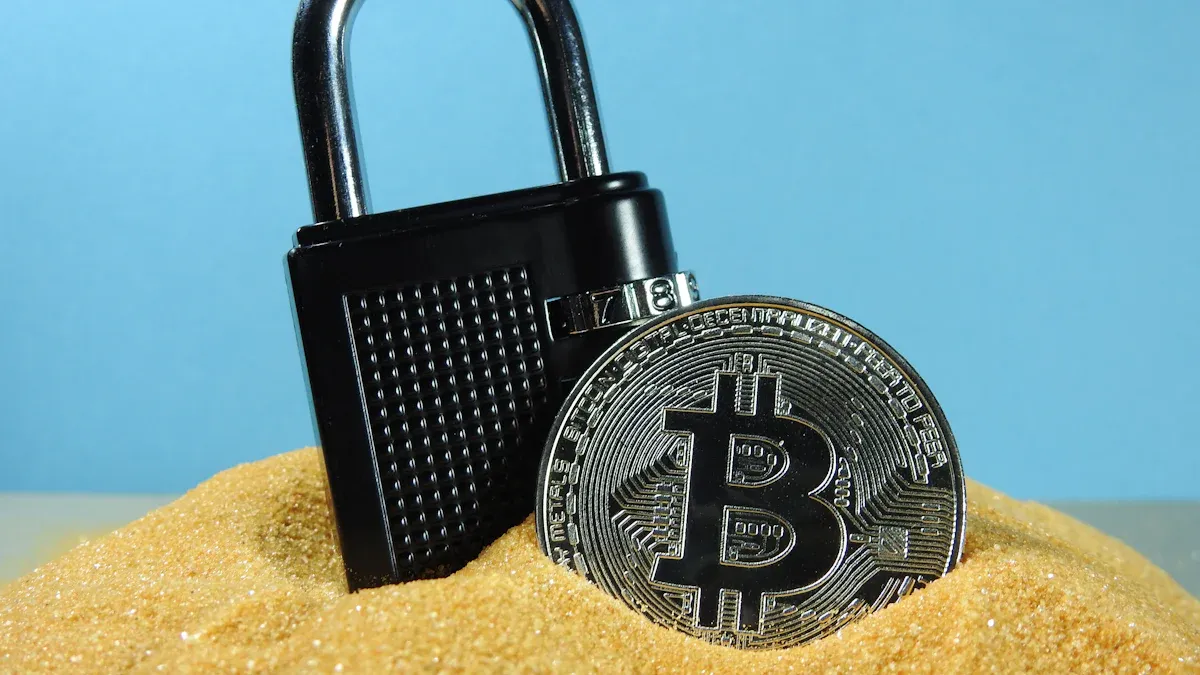
Image Source: unsplash
Even with a seemingly reliable platform, risks exist. Understanding common risks and prevention is the final key defense for fund security.
Risk 1: Identify High-Risk and Fake Platforms
The internet is full of fake platforms and phishing scams targeting your assets. Learn to detect danger signals like a detective.
Security Tip: How to Spot Fake Information
Official platforms never request passwords, private keys, or seed phrases via email or DM. Any such request is fraud.
Verify platform authenticity via:
- Check Official Contract Address: Real USDT on Ethereum is
0xdAC17F958D2ee523a2206206994597C13D831ec7. Fakes may use counterfeit tokens. - Use Blockchain Explorers: Verify addresses or tokens for free via Etherscan.
- Beware Address Spoofing: Fully check every character during transfers; never trust unknown addresses.
Risk 2: Choose Reliable Stablecoins
Not all stablecoins are equally safe. Their reserve assets and regulation directly affect value stability.
USDT leads the market but faced reserve transparency questions, fined $41 million. USDC and BUSD excel in transparency and regulation.
| Stablecoin | Reserve Backing | Transparency/Regulation |
|---|---|---|
| USDT | Claims 1:1 USD backing, complex reserves | Faced regulatory challenges, transparency questioned |
| USDC | Regular audits, fully backed by cash and US Treasuries | Known for high transparency, complies with US laws |
| BUSD | Fully regulated by NYDFS | Monthly reserve proofs, strict regulation |
Historically, stablecoins depegged. For example, TerraUSD (UST) in 2022 nearly zeroed, and USDC briefly fell below $1 in 2023 due to banking crises. This reminds you to choose transparent, strictly regulated stablecoins.
Risk 3: Handle Withdrawal Delays or Failures
Withdrawals may delay or fail. This doesn’t always mean platform issues; often due to common errors.
If withdrawal fails, don’t panic. Check:
- Account Info Accuracy:Verify bound bank account, name, etc., match bank records exactly. One digit error can fail.
- Full Verification: Ensure all KYC and bank verification complete.
- Unsettled Orders:Unfinished buy orders may restrict fiat withdrawals.
- Missed Bank Processing Times:Banks in different time zones have cutoffs. Missing delays to next business day.
If unresolved, contact support immediately with detailed transaction info.
To safely convert USDT to cash, remember core principles. Prioritize platform compliance and regulation, and carefully review fund security measures.
Regulation is not empty talk; it has real constraints. Non-compliant platforms faced severe penalties:
- Tether:Fined $41 million for false USD reserve claims.
- Bitfinex:Fined $1.5 million for illegal US trading.
Thus, the first step in choosing a secure platform is reviewing compliance. Before large operations, always test with small amounts. Following this guide minimizes risks for safe conversion.
FAQ
Can I Convert USDT to Cash? Is It Legal?
You can convert USDT to cash via compliant platforms. These follow AML regulations and require KYC. This keeps transactions away from illegal activities, ensuring compliance.
How Long Does the Entire USDT to Cash Process Take?
Time varies. USDT transfer usually takes 5 to 30 minutes. Platform processing and bank arrival may need 1 to 3 business days. Efficient platforms and crypto-friendly banks speed it up.
What Are the Main Costs for Converting USDT to Cash?
You pay several main fees.
- Network Transfer Fee:On-chain USDT transfer fee, usually $1-$2.
- Platform Service Fee:Fee for converting USDT to fiat.
- Bank Handling Fee:Receiving bank fee (especially for international remittances).
*This article is provided for general information purposes and does not constitute legal, tax or other professional advice from BiyaPay or its subsidiaries and its affiliates, and it is not intended as a substitute for obtaining advice from a financial advisor or any other professional.
We make no representations, warranties or warranties, express or implied, as to the accuracy, completeness or timeliness of the contents of this publication.
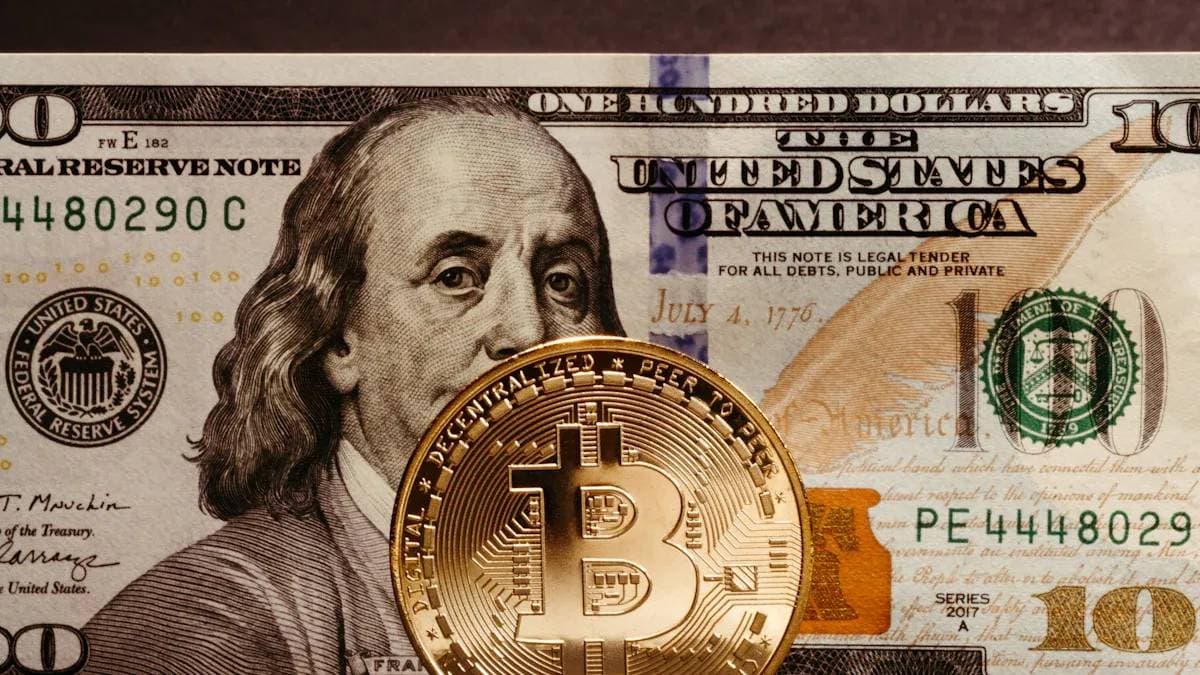


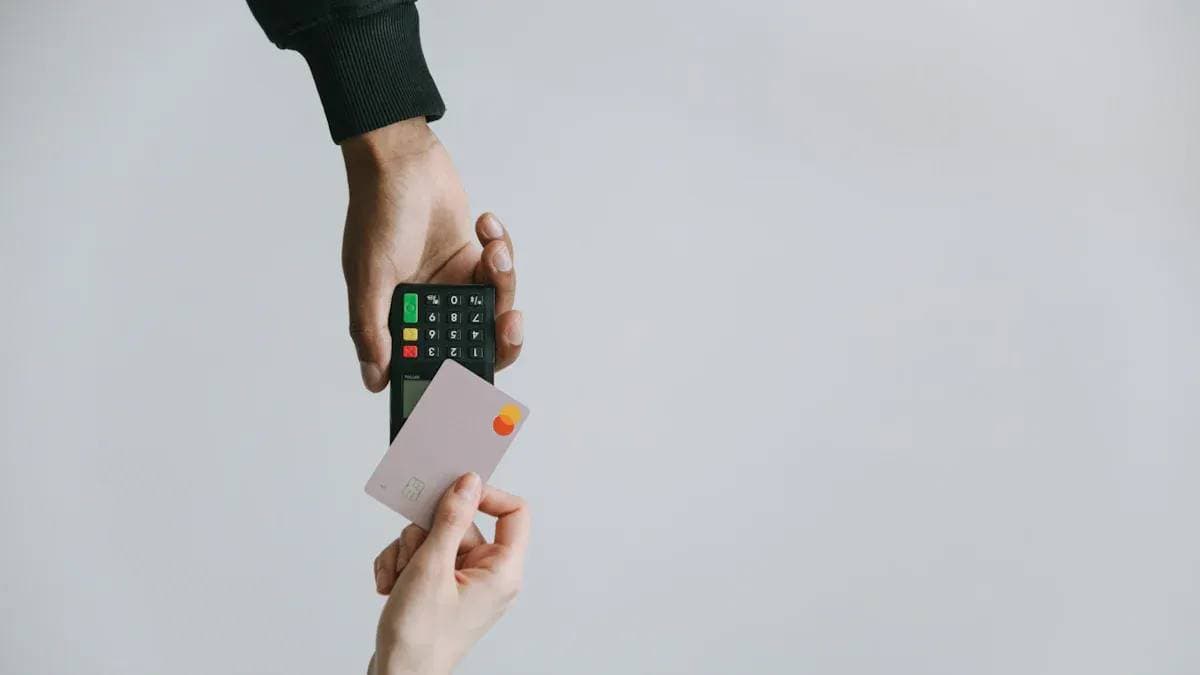
Contact Us
Company and Team
BiyaPay Products
Customer Services
BIYA GLOBAL LLC is a licensed entity registered with the U.S. Securities and Exchange Commission (SEC No.: 802-127417); a certified member of the Financial Industry Regulatory Authority (FINRA) (Central Registration Depository CRD No.: 325027); regulated by the Financial Industry Regulatory Authority (FINRA) and the U.S. Securities and Exchange Commission (SEC).
BIYA GLOBAL LLC is registered with the Financial Crimes Enforcement Network (FinCEN), an agency under the U.S. Department of the Treasury, as a Money Services Business (MSB), with registration number 31000218637349, and regulated by the Financial Crimes Enforcement Network (FinCEN).
BIYA GLOBAL LIMITED is a registered Financial Service Provider (FSP) in New Zealand, with registration number FSP1007221, and is also a registered member of the Financial Services Complaints Limited (FSCL), an independent dispute resolution scheme in New Zealand.



















